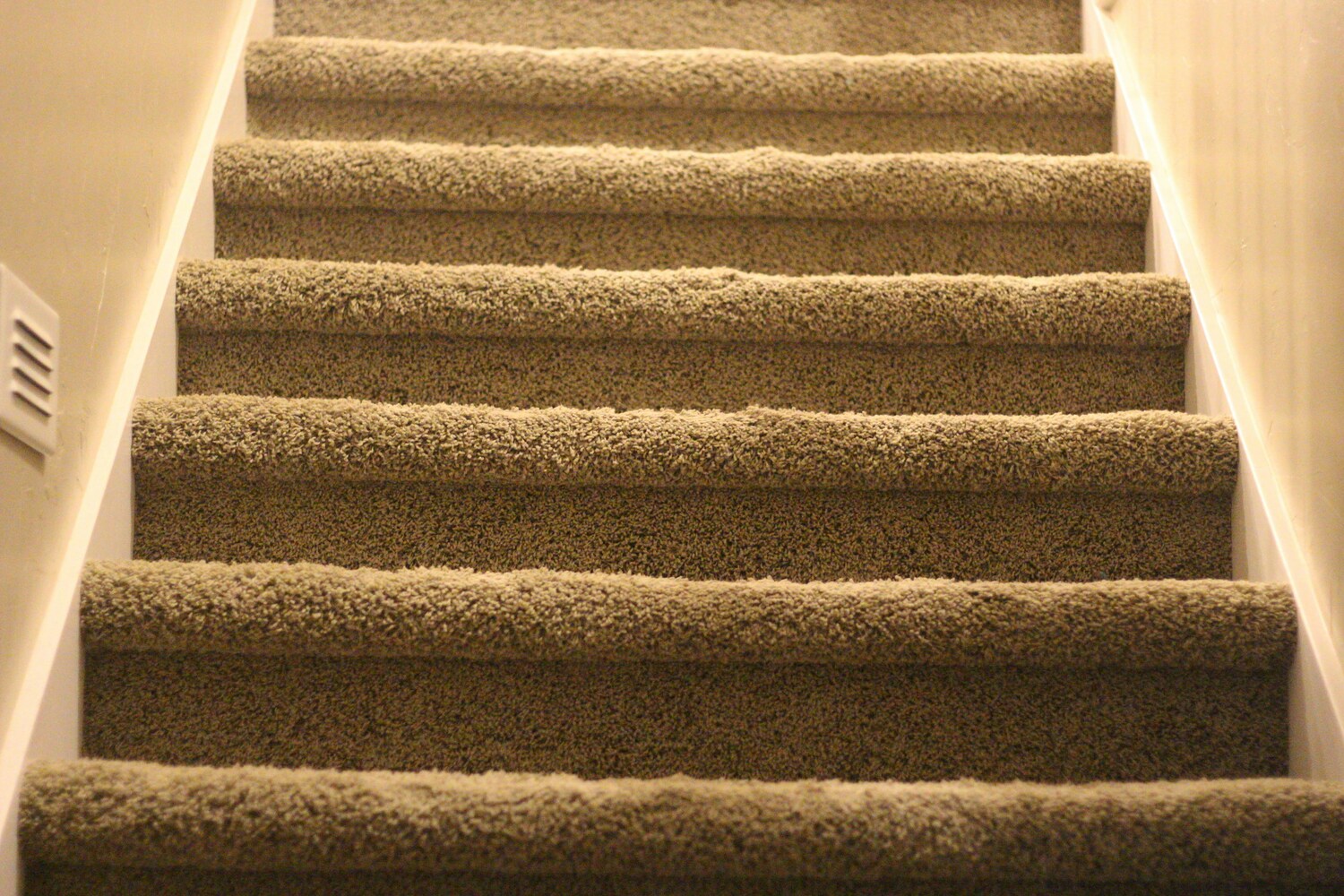- Home
- Articles
- Architectural Portfolio
- Architectral Presentation
- Inspirational Stories
- Architecture News
- Visualization
- BIM Industry
- Facade Design
- Parametric Design
- Career
- Landscape Architecture
- Construction
- Artificial Intelligence
- Sketching
- Design Softwares
- Diagrams
- Writing
- Architectural Tips
- Sustainability
- Courses
- Concept
- Technology
- History & Heritage
- Future of Architecture
- Guides & How-To
- Art & Culture
- Projects
- Interior Design
- Competitions
- Jobs
- Store
- Tools
- More
- Home
- Articles
- Architectural Portfolio
- Architectral Presentation
- Inspirational Stories
- Architecture News
- Visualization
- BIM Industry
- Facade Design
- Parametric Design
- Career
- Landscape Architecture
- Construction
- Artificial Intelligence
- Sketching
- Design Softwares
- Diagrams
- Writing
- Architectural Tips
- Sustainability
- Courses
- Concept
- Technology
- History & Heritage
- Future of Architecture
- Guides & How-To
- Art & Culture
- Projects
- Interior Design
- Competitions
- Jobs
- Store
- Tools
- More
The Advantages of Aluminum Formworks in Modern Construction

In the world of construction, efficiency, durability, and sustainability are key drivers in the selection of materials. Aluminum formworks have emerged as a popular choice for various types of construction projects, thanks to their versatility and numerous benefits. Unlike traditional wooden or steel molds, aluminum formworks, such as the aluminum concrete mold, provide distinct advantages that significantly enhance the construction process.
This article will explore the many benefits of using aluminum formworks in construction, offering insights into why this material is becoming a favorite among builders and engineers alike.
Table of Contents
ToggleDurability and Strength
One of the primary reasons aluminum formworks are gaining traction in construction is due to their impressive strength-to-weight ratio. Aluminum is a lightweight material but remarkably strong, making it an ideal choice for creating molds that can withstand the rigors of construction. Unlike wooden molds that can deteriorate after repeated use, or steel molds that are heavy and prone to corrosion, aluminum offers longevity without compromising structural integrity.
Aluminum concrete molds, for instance, can be reused multiple times without significant wear and tear, making them a cost-effective solution for long-term projects. This durability ensures that molds maintain their shape and form, delivering consistent results every time they are used. For construction companies, this leads to reduced costs on replacements and repairs, making aluminum a smart investment in the long run.

Lightweight Nature for Easy Handling
In addition to its strength, aluminum’s lightweight nature offers a clear advantage when handling formworks on-site. Workers can easily transport and position aluminum formworks without the need for heavy machinery or excess manpower. This ease of handling not only reduces labor costs but also speeds up the construction process.
Traditional steel molds, while strong, are often cumbersome and require cranes or other heavy equipment for movement. By contrast, aluminum can be carried manually, reducing reliance on expensive machinery. This becomes particularly useful on smaller construction sites or projects with limited space for large equipment.
Faster Construction Timelines
Time is money in construction, and anything that speeds up the building process is a welcome advantage. Aluminum formworks facilitate faster project completion due to their ease of assembly and disassembly. Thanks to their precision-engineered design, aluminum molds can be quickly installed and removed after the concrete has set, reducing overall project timelines.
The uniformity of aluminum concrete molds ensures that they fit together seamlessly, allowing for quick assembly. Additionally, since aluminum does not warp or swell like wood, the need for adjustments during installation is minimal. This translates to faster construction times, allowing projects to stay on schedule and within budget.
Reusability and Cost Efficiency
Another significant benefit of aluminum formworks is their reusability. Unlike wooden molds that can only be used a limited number of times before they degrade, aluminum can be reused hundreds of times without losing its shape or functionality. This makes aluminum a cost-efficient option for long-term projects, where multiple castings are required.
The ability to reuse aluminum molds also means that less material is wasted, making them a more sustainable option in comparison to single-use wooden forms. While the initial investment in aluminum formworks might be higher than that of wood, the long-term savings are substantial. Builders can recover the cost of aluminum molds over time by eliminating the need for frequent replacements.
Precision and Quality Control
In construction, precision is key, especially when it comes to concrete structures. Aluminum formworks are manufactured with high precision, ensuring that the molds are accurate and consistent. This accuracy translates into a higher-quality final product, as the concrete is poured into molds that provide a perfect fit every time.
Aluminum’s resistance to warping and deformation ensures that the molds retain their shape, even after repeated use. This consistency is crucial for projects that require high levels of accuracy, such as residential or commercial buildings where even minor deviations can lead to costly repairs or structural issues.
Reduced Maintenance and Long-Term Performance
Aluminum formworks require very little maintenance compared to other materials. Unlike steel, which is prone to rust and corrosion, aluminum naturally forms an oxide layer that protects it from the elements. This makes it an ideal material for outdoor projects or construction in areas with harsh weather conditions.
Additionally, aluminum formworks do not absorb moisture like wood, reducing the risk of mold and mildew growth. This low-maintenance feature means that once the formwork is in place, there’s little need for ongoing care or attention, allowing construction teams to focus on the task at hand.
Eco-Friendly Choice for Sustainable Construction
Sustainability is becoming increasingly important in construction, and aluminum formworks offer an eco-friendly solution. Aluminum is 100% recyclable, which means that even after the formwork reaches the end of its life, it can be melted down and reused to create new products. This reduces the environmental impact of construction and supports a circular economy.
Moreover, the reusability of aluminum formworks means that less material is consumed overall, as builders do not need to constantly replace molds. This contributes to a reduction in the demand for raw materials, lowering the carbon footprint of construction projects.
Versatility in Application
One of the standout features of aluminum formworks is their versatility. They can be used for a wide range of construction applications, from residential buildings to high-rise towers and infrastructure projects. Aluminum formworks are easily adaptable to different shapes and sizes, allowing for flexibility in design without compromising on strength or stability.
In addition to concrete molds, aluminum is used in other construction applications such as scaffolding, roofing, and cladding. Its lightweight and durable nature make it a versatile material that can be integrated into various aspects of the construction process.

Safety Benefits
Construction sites can be hazardous, and minimizing risks is a priority for project managers. Aluminum formworks contribute to a safer working environment due to their lightweight nature. With easier handling and reduced need for heavy equipment, the risk of accidents is minimized. Additionally, the durability of aluminum means that formworks are less likely to fail or break during the construction process, further enhancing site safety.
The non-corrosive properties of aluminum also mean that formworks remain stable and secure, even in challenging environments. This reduces the risk of structural failure, ensuring that workers can rely on the molds throughout the construction process.
Conclusion: A Smart Choice for Modern Construction
Aluminum formworks offer a range of benefits that make them a valuable addition to any construction project. From their durability and lightweight nature to their reusability and sustainability, aluminum has proven to be a material that delivers on both performance and cost efficiency. Whether used in the creation of an *aluminum concrete mold* or in other aspects of construction, aluminum is a smart choice for builders looking to enhance the quality, speed, and safety of their projects.
In an industry that constantly seeks ways to improve efficiency and reduce costs, aluminum formworks provide a solution that meets these demands while contributing to more sustainable construction practices. As more builders and engineers recognize the advantages of aluminum, its use is set to grow, shaping the future of modern construction.
illustrarch is your daily dose of architecture. Leading community designed for all lovers of illustration and #drawing.
Submit your architectural projects
Follow these steps for submission your project. Submission FormLatest Posts
Tips for Using Runners to Transform Hallways and Spaces
Hallways work hard. They handle daily foot traffic, muddy shoes, and the...
Essential Architecture Tools in 2026: Software, AI, and Physical Equipment
Architecture in 2026 demands more than design talent alone. From BIM and...
Light of Tomorrow by VELUX 2026
This competition encourages architects to design visionary spaces where natural light drives...
Top 10 Online Platforms to Find Apartments for Rent in San Antonio
San Antonio, Texas, with its vibrant culture, historical landmarks, and strong job...











Leave a comment